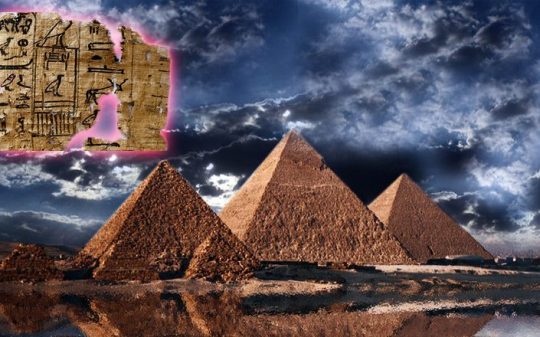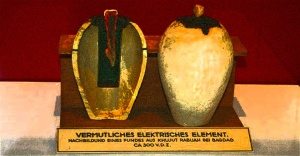A bundle of recently discovered papyruses dating back over 4,500 years were studied by researchers and concluded to be the oldest writings ever to be found in Egypt.
The find is extremely spectacular considering that countless priceless tomes were lost when the Royal Library of Alexandria was burned to the ground by the Romans in the year 30 BC. But the cherry on top of the cake is the content revealed by these documents, presenting the very lives of those involved with the building of the Great Pyramid under the ruling of Pharaoh Khufu (2589 BC to 2566 BC).
The papyri were first found back in 2013 inside a cave system near Wadi al-Jarf – a timeworn port on the Red Sea. They were uncovered by Egyptologists Pierre Tallet and Sayet Mahfouz and since then, the tomes were obscured from public view. However, six of the thirty pages will make it on display at the Egyptian Museum in Cairo in the upcoming period.
The papyri offer an abundance of information regarding the governance of ancient Egypt and nevertheless, how the Great Pyramid was constructed. The majority of documents belonged to Khufu’s accounting department, a division entrusted with keeping record of all the goods transiting throughout his kingdom.
“The documents indicate the highly efficient administrative system in Khufu’s reign,” said Egypt’s ministry of Antiquities.
The Great Pyramid has long been one of the most intriguing and mysterious structures known to modern man, but not anymore. Besides trivial details regarding the wages of the workers involved in the construction, the documents offer valuable insight from those who contributed to building the colossal monument.
“One of the papyri belonged to a senior employee named Marr who played a role in the building of the pyramid and it covered a period of three months of his job, providing information about his duties – including transporting rocks through the River Nile and its canals,” declared ministry official Hussein Abdel-Bassir.
Since 2013 when they were discovered, the papyri were strictly kept by Egypt’s Antiquities Ministry in order to thoroughly investigate them. It now seems that most of their work is done, and officials have now considered to put them on display in the Egyptian Museum for everyone interested to come and admire the oldest writings from ancient Egypt ever unearthed.
“These discoveries should not be hidden in boxes. We need to attract the attention of the whole world to Egypt; that is why I decided to showcase the papyri because such relics will revive tourism in Egypt,” said museum curator Sabah Abdel-Razek.
Intriguingly enough, the timeworn documents are being displayed at a time when more and more details are being unraveled about the Great Pyramid. In June, researchers from the US discovered an error in the ancient scheme of the pyramid which resulted in an unbalanced final construction.
Last week, the Science Channel recreated a model of the primitive security system meant to keep looters away from Khufu’s burial chamber. It fails to show how effective the system was since the pyramid got plundered in historical times, but it adds even more to the mystery because Khufu’s remains were never really found.
With 2016 offering another great boost in technology, it remains only a matter of time until the secrets of the pyramids will be fully unraveled. Until that day arrives, there’s plenty more information to be extracted from the oldest papyri known to modern humans.
Source:
- sciencealert
- seeker
- featured image Credits/ahmedyousri










cant have your cake & eat it !! giza is 13 acres! & 12mm out of square….no bloody arab built that.
the base stones are 40 tons each ,& cut to precision. why is there only 6 pages of the 30 on display? why would we believe the interpretation offered by the scholars, when history has lied to us for ever? america discovered an error,resulting in unbalanced const. ill bet she did, did someone check her work or just accept her findings. {’cause she has never lied to us before eh?} there is too much proof out there to suggest the existence of ufo/alien life to believe this crap!